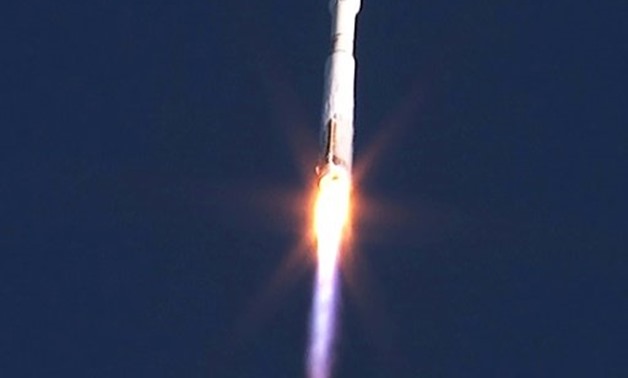
A United Launch Alliance Atlas V rocket lifts off from Space Launch Complex 41 at Cape Canaveral Air Force Station in Florida, with NASA's Tracking and Data Relay Satellite, TDRS-M aboard, in a NASA handout photo obtained on August 18, 2017
MIAMI - 18 August 2017: NASA on Friday launched the latest in a series of satellites aimed at ensuring astronauts at the International Space Station can communicate with Earth.
The $408 million Boeing-made Tracking and Data Relay Satellite (TDRS-M) soared into space atop an Atlas V rocket that launched from Cape Canaveral, Florida at 8:29 am (1229 GMT).
The satellite will "support critical space communication into the mid-2020s," NASA said in a statement.
The satellite will facilitate space-to-ground communication for NASA's low-Earth orbit operations, "ensuring scientists, engineers and control room staff can readily access data for missions like the Hubble Space Telescope and the International Space Station."
TDRS-M is the last of 13 such satellites that have been launched since 1983.
An antenna on the satellite was damaged last month at a processing facility in Titusville, Florida. The satellite was repaired, but the mishap set the launch back by about two weeks.

Comments
Leave a Comment